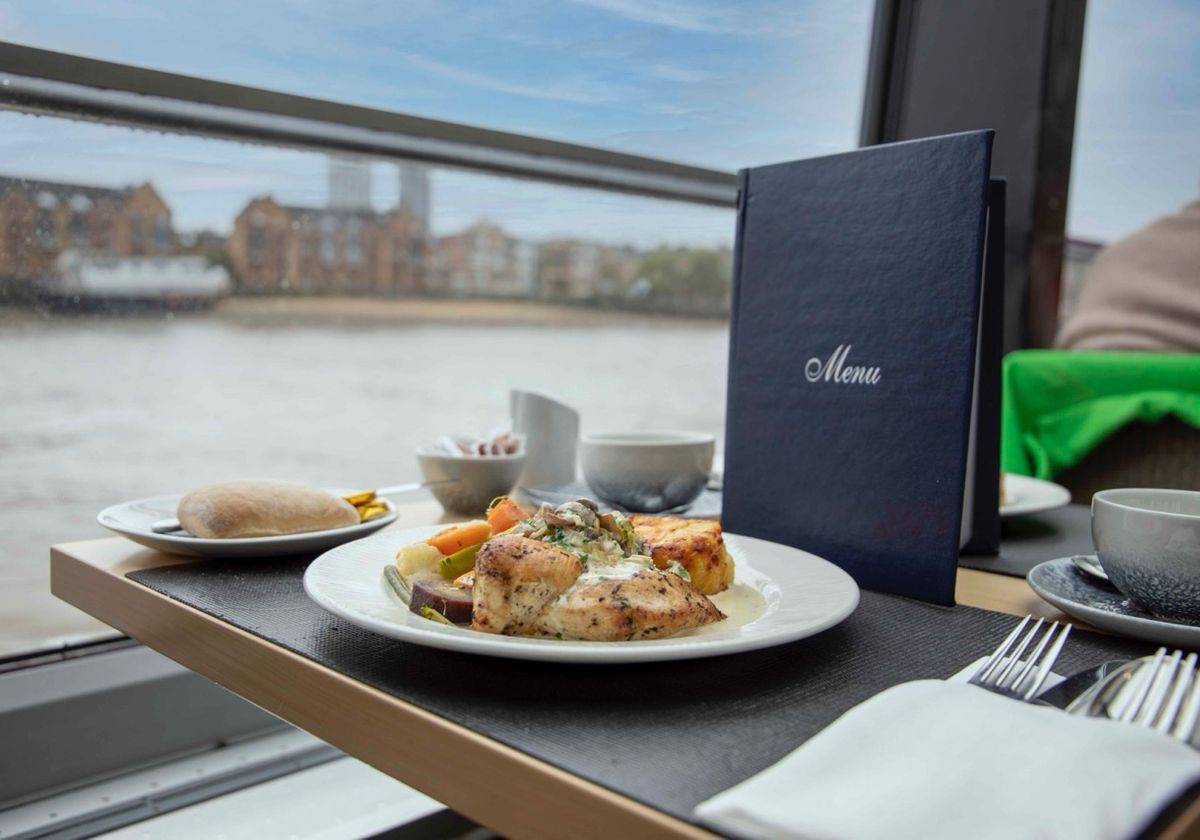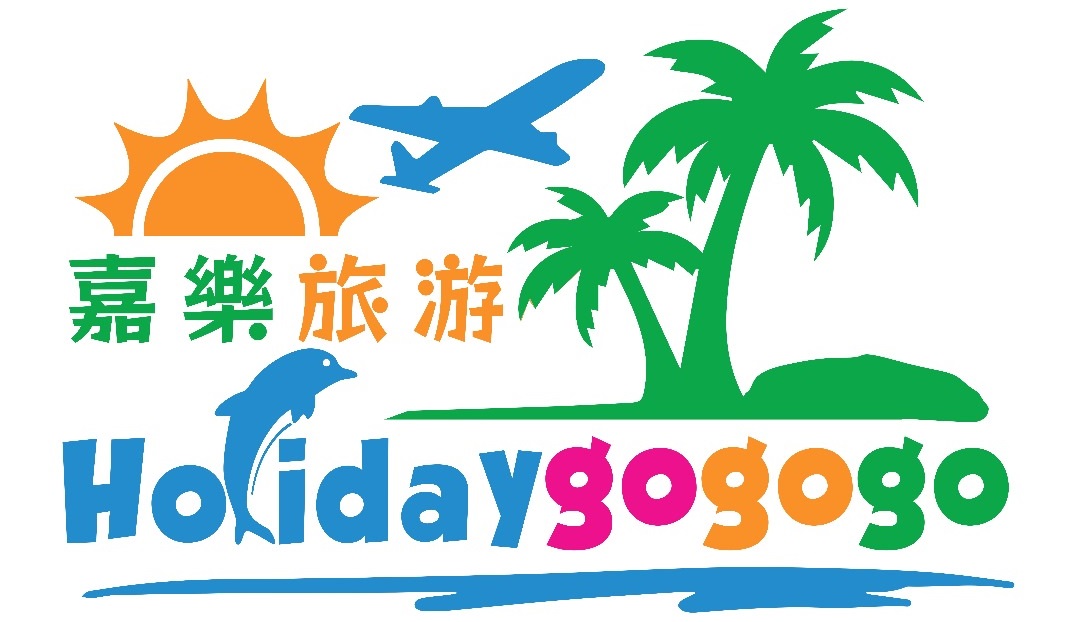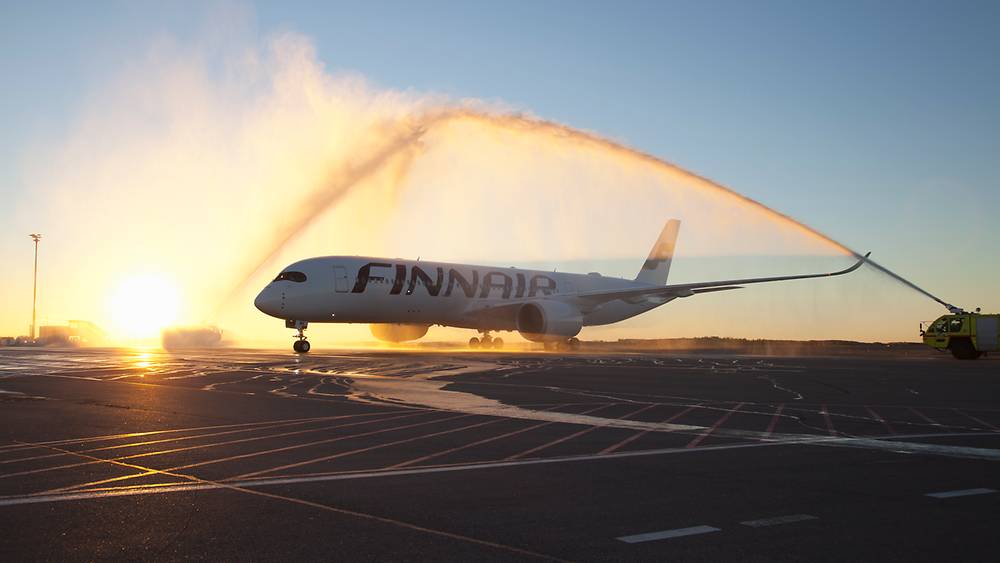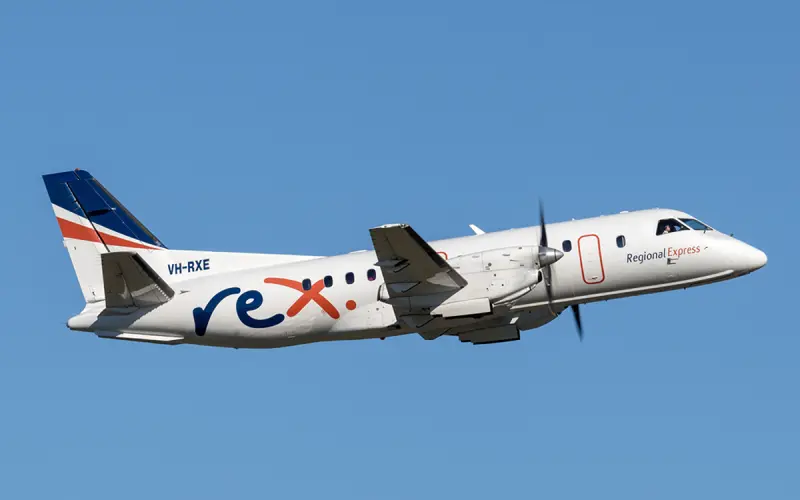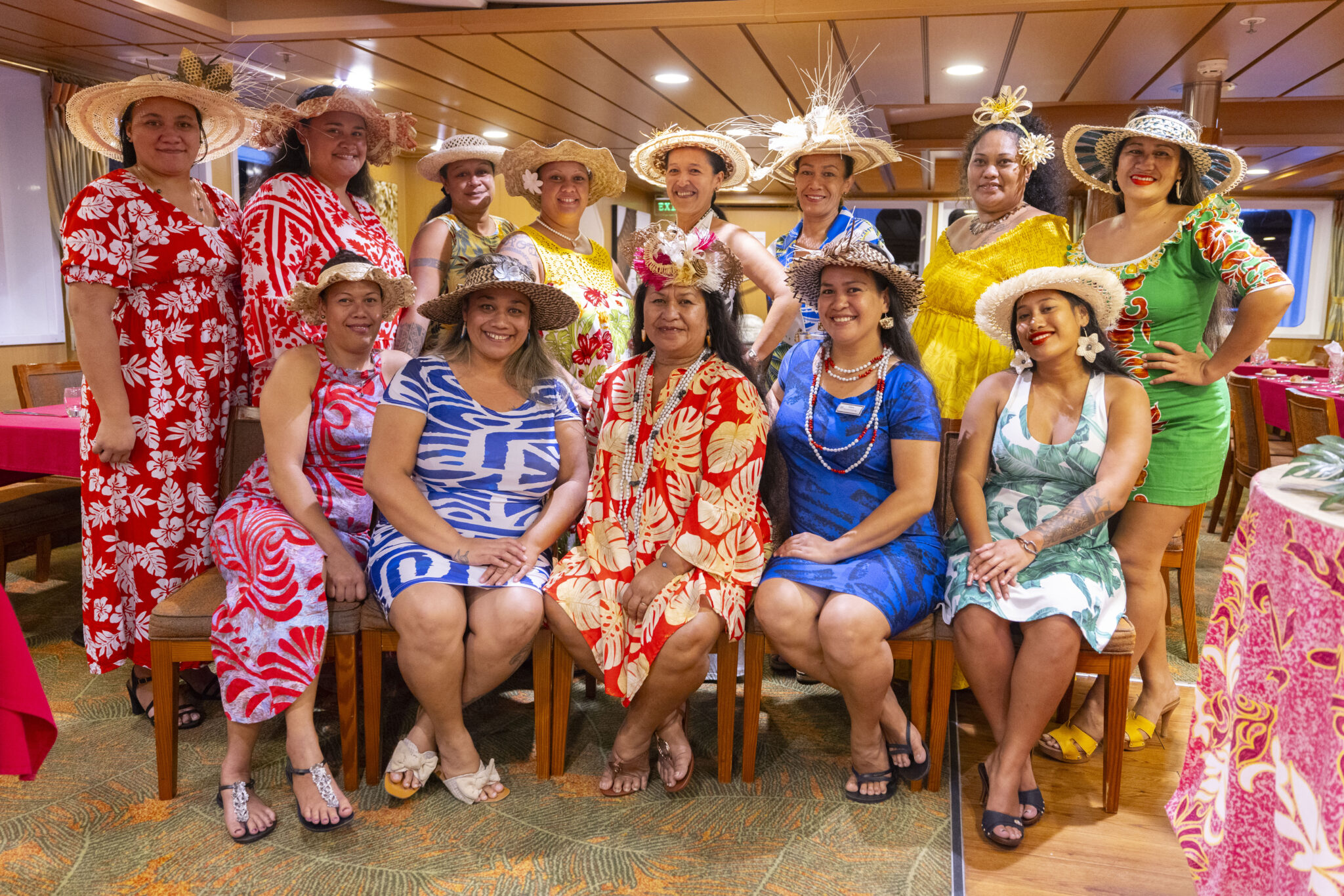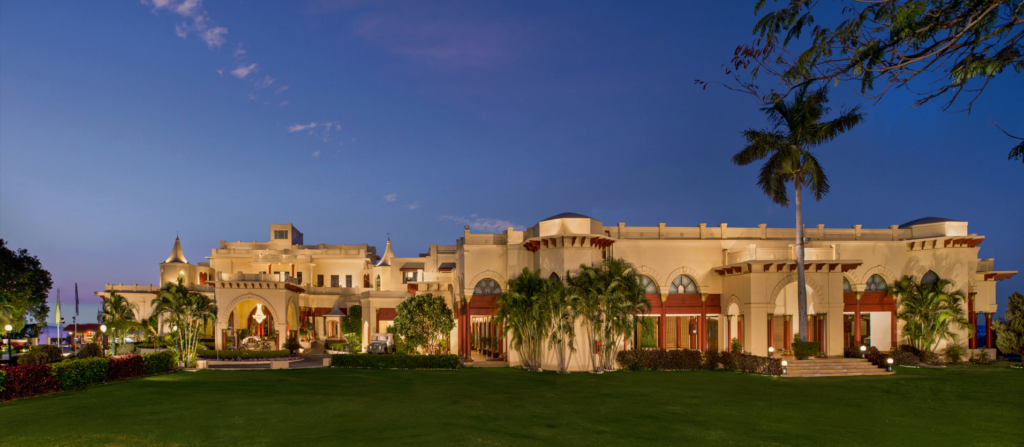With all the talk, predictions, and hype on “what’s happening” and “who is going to win” in the activities distribution space, and compounded by the many high investments and almost the same number of failures, there is already a big winner in the space that should be considered – the cruise industry. A review of their solid, and long-running success could very well shed some light on what is needed, and who will prevail in servicing this growing industry.
The cruise industry has long been a provider of in-destination activities for those sailing and visiting ports-of-call. Shore excursions, as they are commonly known, are as varied as the ships and locations themselves. They include activities from helicopter tours to zip lines, and everything in-between. At the end of their vacation, these participants consistently boast how their “excursions” were the best part of their trip.
How successful are they? It is not uncommon for the major cruise lines to have over 90% of their passengers pre-booked on an activity when the ships docks at a port. While some ships may hold as many as 5,000 passengers, a more average capacity ship of 3,500 passenger at a 90% conversion, means 3,150 booked shore excursions. Average costs for these excursions are roughly $100 per shore excursion on an individual basis results in an extra $315,000 per sailing. With this kind of consumer engagement, the activity business can easily add an additional $20M (yes, million) of high yield revenue to the cruise line each year.
This leads to the question of why? Why have the Cruise Lines been so successful with activity distribution, especially when so many others have not? A captive audience helps, but the real reasons are as follows:
- Passenger Relationships: The cruise lines “know” their customer well and have their attention. At the time of booking, they have personal reservation details along with an email address. Combining that with dates and destinations, the sale becomes easily targeted.
- Access to Live Product Information and Inventory: The cruise lines represent a good selection of activities in a specified destination. They have been able to circumvent the existing, limited-connection technology between an activity provider and a distributor by effectively taking inventory or product ownership positions. This allows them to have direct sales. Activity providers happily participate as they want the consistency and volume. The reservation technology is effectively live, efficient, current, and active.
- Marketing expertise: Cruise Lines have teams of professional, marketing people that promote the right product, to the right person, with the right call to action, at the right time. These marketing programs have proven extremely successful, with 90% of cruisers on average committing to activities prior to departing on their cruise.
- Financial Incentive: The cruise lines are public businesses with keen business acumen. When there is an opportunity within their grasp, they diligently and professionally pursue it. While many businesses tend to be so swamped with existing challenges that they ignore the destination activity space, the cruise lines invest more time, energy, and promotion in it as an ancillary revenue stream. On the surface, it may seem that the cruise lines have a unique position in the destination, but the truth is that every local hotel has the same opportunity. The struggle is that day-to-day challenges often limit their ability and capacity to take advantage of a new revenue stream. The cruise lines internal requirement to provide all-inclusive food and entertainment forced their hand, and it evolved into a huge business and revenue stream.
Clearly, the table has already been set for what success looks like in the activity distribution sector. It’s time everyone takes a play from the cruise lines’ play book.
Contributing Editor – Lee Rosen, RezSystems (Lee@RezSystems.com)



 share
share




















